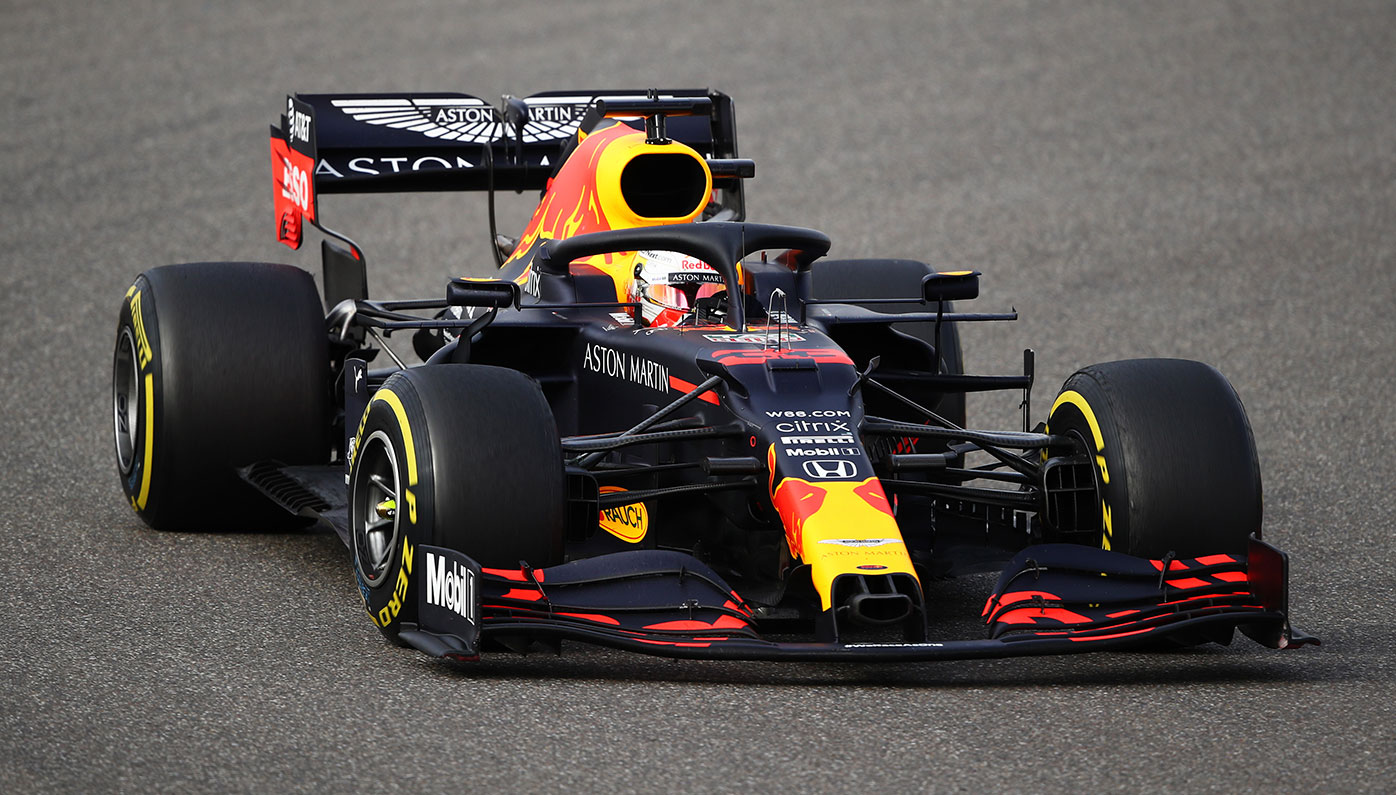Formula One's race director Michael Masi has hit back at Max Verstappen, after the Red Bull driver accused the sport of unnecessarily deploying the safety car during Sunday's Eifel Grand Prix.
Mercedes driver Lewis Hamilton had his 10 second race lead wiped out in the closing stages of the race, when the safety car was sent out to bunch up the field when Lando Norris retired his McLaren.
Similarly, Verstappen's advantage over third placed Daniel Ricciardo evaporated as the field lined up behind the safety car.
Hamilton and Verstappen were both heard on their radio during the safety car period, complaining that their tyre temperatures were dropping in the cold weather.
The safety car was out for five laps, despite the fact Norris had parked his car adjacent to a marshal post.
After the race, Verstappen suggested the safety car had been used to close up the field and make the race a better spectacle.
"I just didn't understand why the safety car was out for so long," Verstappen said.
"The car was cleared. I understand they want to bunch up the field, but it's pretty dangerous with these cars when the tyres are so cold."
Verstappen argued that the stranded McLaren could have been removed under a virtual safety car, where the cars reduce speed but don't form up in a single queue, preserving the gaps between the cars.
But according to Masi, the full safety car procedure was required, due to uncertainty over the length of time required to remove the McLaren.
"Lando's car had some smoke and fire, so that was one point," Masi said. "The other was, at first glance, we weren't confident that the car could actually be recovered into the opening that was there, due to the tightness of it.

"So rather than having to react along the way, it was determined to go for a safety car, that way it could be dealt with all at once immediately.
"It was the safest action in that circumstance."
Masi also clarified the length of time the safety car was on the circuit.
"There's a requirement in the sporting regulations to wave all lapped cars past," Masi said.
"So 10 (or) 11 cars had to unlap themselves, and therefore the safety car period was a bit longer than what we would have normally expected."
from WWOS https://ift.tt/3dn3doA


No comments:
Post a Comment